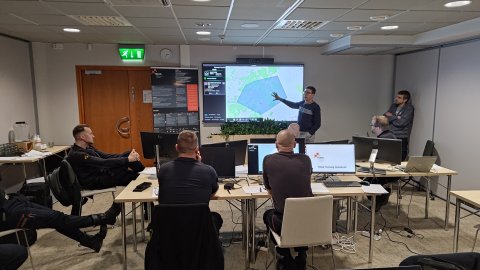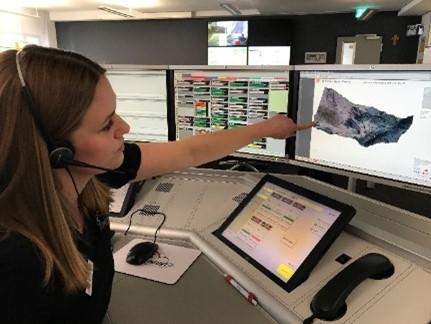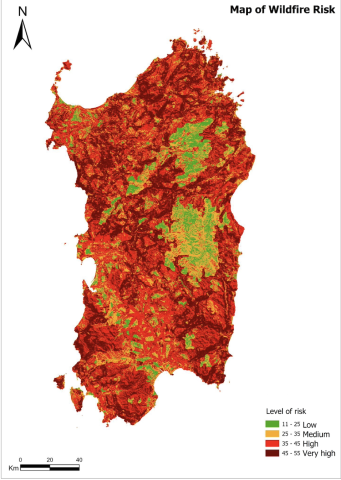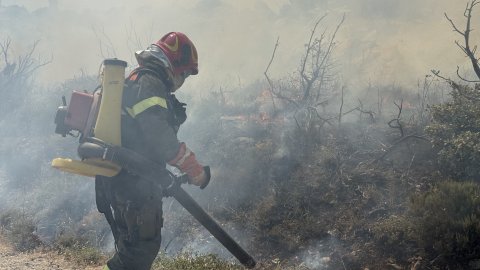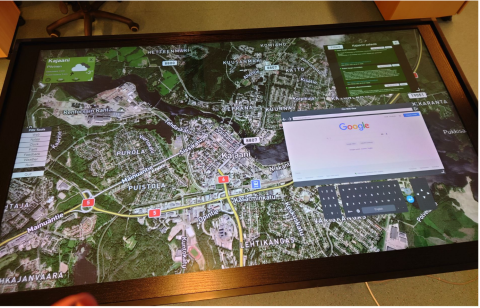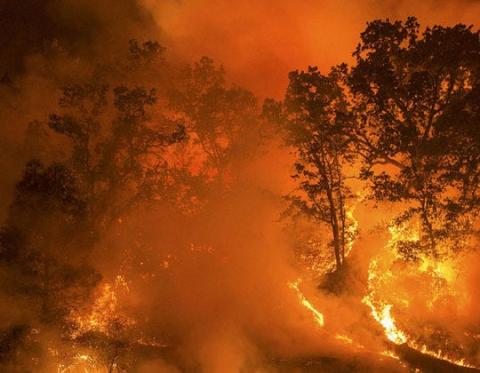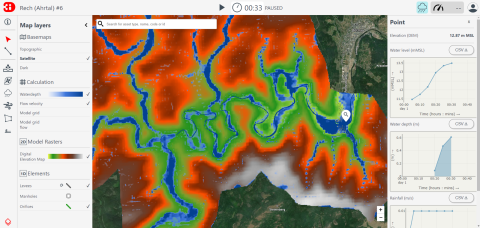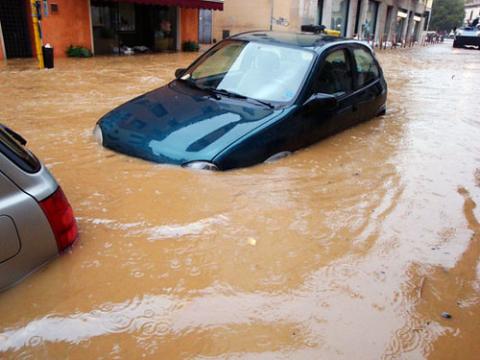Big Data and XR for Emergency Response Management
In today's world, where natural disasters seem to be occurring with increasing frequency and intensity, the importance of effective emergency and disaster management cannot be overstated. It's a collective effort that requires international collaboration between countries, organisations, and individuals to tackle these challenges head-on.



